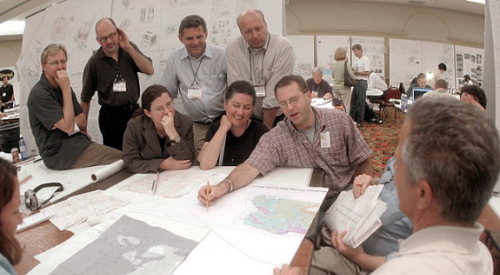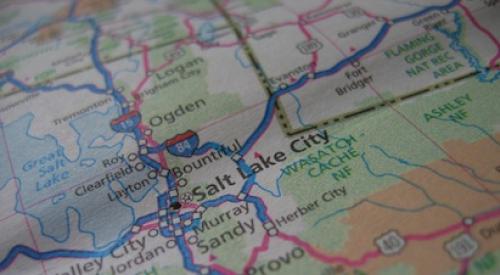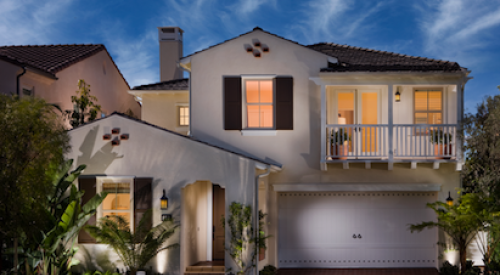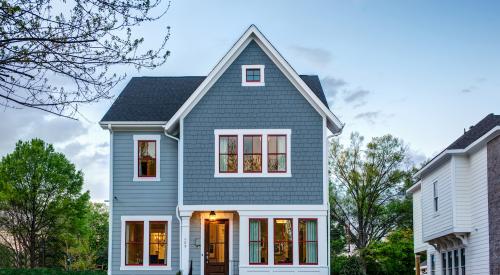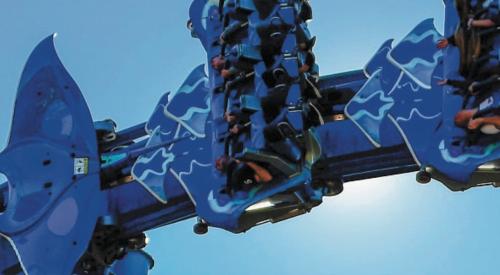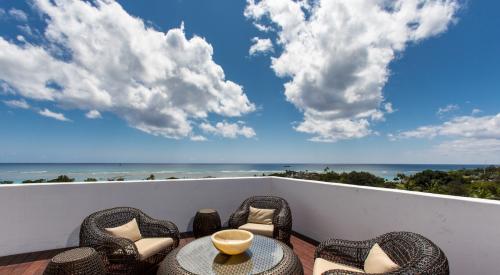Census data revealed the fastest-growing metropolitan statistical area in the country was Florida's The Villages, an area of 32 square miles that experienced 40% growth in just 10 years. The master planned retirement community has jumped from 93,000 to 130,000 residents in a decade and its growth surpasses all of the 20 largest cities in the country, reports Curbed. The community has done something right, and Villages Founder Howard Schwartz says it started with the idea of creating something old, something that Baby Boomers would find familiar with when they were young. That idea turned into enlisting Disney Imagineers for urban planning.
And indeed, it does look a bit like Orlando’s theme park, with its pastiche of main streets and town squares in varying commitments to historical architectural styles, from convincingly charming to utterly cartoonish. Buyers choose their preferred vibe — faux Spanish Colonial or, perhaps, faux Western Pioneer — and work with the “Street of Dreams” team to choose a home in one of a variety of styles and one of a variety of approved pastel hues. The whole process must be incredibly efficient, because about 200 to 250 new homes are sold each month. “It’s not just that they’re selling 2,400 new homes a year,” says Ryan Erisman, author of Inside the Bubble: The Complete Guide to Florida’s Most Popular Community. “It’s that they’ve been doing this for the past decade, and before that, in the boom times of 2005 and 2006, they were selling 3,000 new homes per year.” The current median home sale price is $268,600, but that doesn’t include an additional “cost of living” fee ranging from $758 to $1,159 per month, which, among other things, grants access to amenities like unlimited golf on 50 courses. Nor does it include the must-have mode of transportation: a golf cart — or “golf car,” as Villagers call them, inexplicably — an estimated 60,000 of which residents rent, purchase, and customize (starting with the $12,000 basic model; many spend double that) at one of five auto shops, one of which is a charming simulacrum of a 1930s service station.
Those golf carts, in fact, make a lot of urban-transportation planners salivate. By some estimates, one-third of all trips in the Villages are taken in them. They run on electricity, or on a little bit of non-ethanol gasoline (dispensed from old-timey pumps, even). They are lightweight and barely pollute. They’re not supposed to go faster than 20 mph, and they don’t kill many people the way cars do (although it does happen). The embrace of slow-moving, smaller vehicles is a major part of fostering a gentler, more pedestrian-friendly physical place, one with mobility options for older Americans who are more at risk of dying in car crashes wherever they are. The wholehearted embrace of them by the Villages, on the surface, seem like a prototype for elder America, at least in places where the climate is mild.

